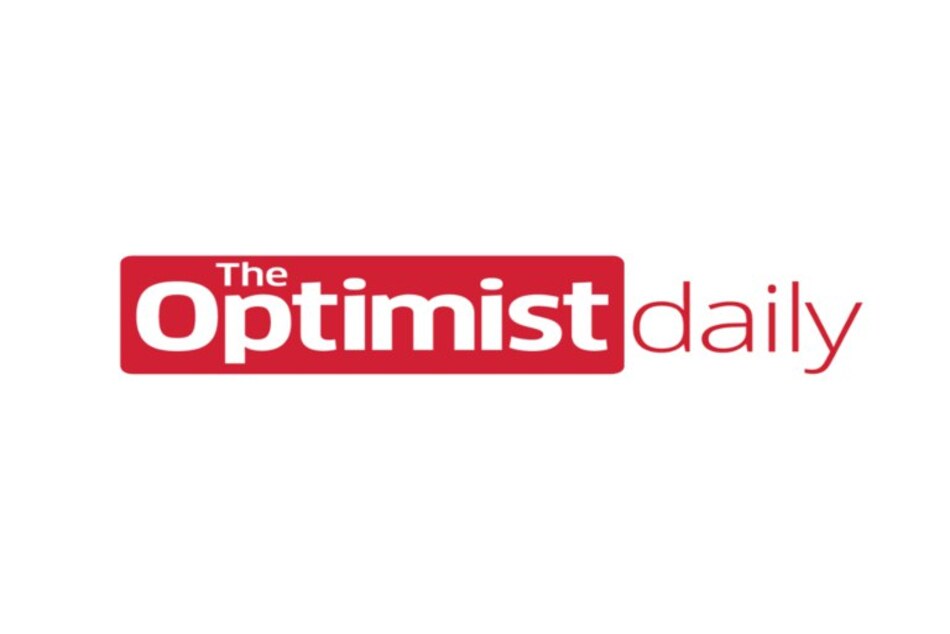Large skyscrapers pose a dangerous threat to migratory birds who often cannot see directly in front of them while flying. In large urban areas, like New York City, thousands of birds collide with skyscrapers each year, but the bird paramedics of New York are here to help.
About 30 volunteers with New York City Audubon’s Project Safe Flight spend their days touring the city in search of injured birds. These volunteers provide care to injured birds, but they also collect dead birds and document the most dangerous areas for migrating birds. They also note what species seem to be most at risk for collisions.
Bird paramedics may sound a little silly, but Audubon estimates that 90,000 to 230,000 migratory birds die from building collisions in New York City each year. This is because the city is located along the Atlantic Flyway, a broad corridor which birds use to travel from Central or South America to northern breeding grounds.
Volunteers collect injured birds and place them safely in paper bags where they rest while being taken to the Wild Bird Fund treatment center. A licensed wildlife rehabber will give the animal time to rest and then administer care such as drops for an eye injury or low-dose anti-inflammatory medicine. Once the species type and injuries are confirmed, all the data is cataloged in the dBird database. This database is a growing collection of information that aims to understand the scope of migratory bird injuries in the region to recommend policy changes.
Once the bird has recovered, it spends time in the sanctuary with other birds before being released into Central Park in the spring or New Jersey’s Great Swamp or Breezy Point in Queens in the fall.
These bird paramedics collect 30-50 birds a day in prime migratory seasons, but unfortunately, only about 50 percent of those survive. They are managing to save some lives though and hope that their data will influence regulations like requiring all buildings to implement bird-friendly glass or taking a page out of Philadelphia’s book and adjusting the lighting in large buildings during migratory seasons to reduce collisions.












